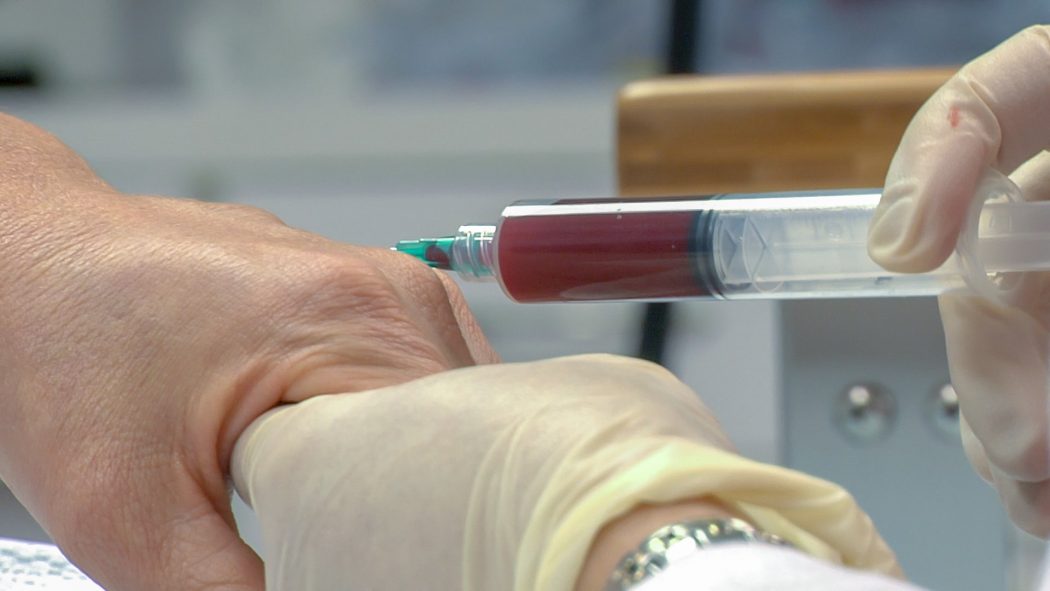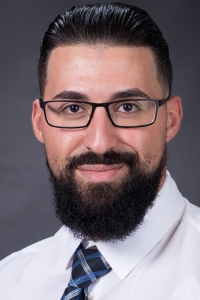Platelet-rich plasma therapy, colloquially called PRP therapy, has risen in popularity with athletes, ranging from weekend warriors to professionals, over the past two decades as a powerful treatment intended to harness the body’s healing powers. The earliest reports of PRP use even date back to the 1980s and 1990s with applications in maxillofacial, dental, and cardiac surgery [1]. Does the hype, though, match the results?
First let’s revisit the basics of wound healing and touch on the procedure behind PRP therapy.
Wound healing is a process partially driven by the various functions of platelet cells within blood and consists of three overlapping phases: an inflammatory phase, proliferative phase, and maturation/remodeling phase [2]. These phases are orchestrated by an array of growth factors and cell signalling proteins called cytokines, many of which are stored in and secreted by alpha granules inside of platelets [1]. Most notable of the growth factors are platelet-derived growth factor (PDGF), transforming growth factor beta (TGF-β), vascular endothelial growth factor (VEGF), epidermal growth factor (EGF), basic fibroblast growth factor (bFGF), and insulin-like growth factor (IGF-1) [3]. These growth factors are the impetus for cell proliferation and differentiation and can provide the perfect cocktail to expedite the healing process.
PRP therapy can be performed in a brief 30-minute office visit. First, a blood sample (typically between 30 and 60 milliliters) is drawn from the patient’s arm. This sample is then placed in a centrifuge to physically separate the platelet-rich plasma from the whole blood. This fraction of the sample is then collected and carefully injected back into the patient’s problem area under ultrasound guidance for precise administration. Preparations of PRP contain far greater concentrations of platelets, up to ten times that of normal blood. Common sites that are treated include those where blood supply is poor, such as tendons, ligaments, and cartilage, which would normally slow the repair process [1].
Given its ease of execution and theoretical applications, the case for PRP therapy as a replacement or adjuvant for traditional surgical intervention of musculoskeletal or soft tissue pathology becomes increasingly attractive. Not to mention the side effects are close to non-existent since it’s the patient’s own blood being used. However, before we give PRP any more praise, does the theoretical match the experimental?
In a 2018 study published in the Journal of Clinical Orthopaedics and Related Research, Zhang et al. found PRP to be underwhelming in the treatment of chronic Achilles tendinopathy. Here, four randomized controlled trials were evaluated for a total sample size of 170 participants, 85 of whom were treated with PRP and eccentric training while the other 85 treated with saline injections and eccentric training. Somewhat surprisingly, there was no statistically significant difference between the two groups in regards to both the primary outcome (VISA-A score) or secondary outcome (change in tendon thickness) [4].
Another study published in 2017 in the Journal of Medicine (Baltimore) analyzed data from nine different randomized controlled trials (n=430) to determine the efficacy of PRP in the treatment of plantar fasciitis, an inflammatory condition of the fibrous tissue connecting the heel to the toes that is responsible for one million patient visits to the doctor per year in the United States [5]. In this study, however, Yang et al. demonstrated that when compared to standard steroid injections, PRP therapy exhibits superior pain relief in the long term, defined as greater than 24 weeks [6].
A larger meta-analysis published in The American Journal of Sports Medicine in 2019 further showed some promising results in favor of PRP therapy. A total of 70 studies were analyzed (n=2530) to explore the efficacy of several nonsurgical approaches for the treatment of chronic patellar tendinopathy using the VISA score (a similar parameter as the study mentioned above) as the primary outcome. In this review, Andriolo et al. showed that multiple injections of PRP yielded the best results at long-term follow-up (≥6 months) when compared to alternative treatments such as eccentric exercise and extracorporeal shockwave therapy [7]. Notably, this study and the work by Yang et al. indicate that PRP therapy, if at all effective, seems to be most beneficial over the long term (≥6 months or 24 weeks). However, it must be remarked that the studies evaluated in the article by Andriolo et al. did produce an overall poor study quality as assessed by the Coleman Methodology Score.
Overall the literature on the efficacy of PRP therapy seems to be inconclusive, with some studies showing enhanced outcomes when compared to standard treatments while other studies fail to indicate clinical benefit. While PRP therapy poses to be an extraordinary option for the treatment of musculoskeletal and soft tissue injuries when viewed theoretically, the jury is still out on research that backs it up. This underpins the importance of critically evaluating novel therapeutics before accepting them simply because the basic science makes sense. After all, there is an entire discipline known as translational medicine that maintains the goal of doing just that.
- Wu, P.I., R. Diaz, and J. Borg-Stein, Platelet-Rich Plasma. Phys Med Rehabil Clin N Am, 2016. 27(4): p. 825-853.
- Childs, D.R. and A.S. Murthy, Overview of Wound Healing and Management. Surg Clin North Am, 97(1): p. 189-207.
- Boswell, S.G., et al., Platelet-rich plasma: a milieu of bioactive factors. Arthroscopy, 2012. 28(3): 429-39.
- Zhang, Y.J., et al., Is Platelet-rich Plasma Injection Effective for Chronic Achilles Tendinopathy? A Meta-analysis. Clin Orthop Relat Res, 2018. 476(8): p. 1633-1641.
- Riddle, D.L. and S.M. Schappert, Volume of ambulatory care visits and patterns of care for patients diagnosed with plantar fasciitis: a national study of medical doctors. Foot Ankle Int, 25(5): p. 303-10.
- Yang, W.Y., et al., Platelet-rich plasma as a treatment for plantar fasciitis: A meta-analysis of randomized controlled trials. Medicine (Baltimore), 2017. 96(44): p. e8475.
- Andriolo, L., et al., Nonsurgical Treatments of Patellar Tendinopathy: Multiple Injections of Platelet-Rich Plasma Are a Suitable Option: A Systematic Review and Meta-analysis. Am J Sports Med, 2019. 47(4): p. 1001-1018.
Ankedo Warda is a member of The University of Arizona College of Medicine - Phoenix, Class of 2024. He graduated with his BS in Exercise, Health and Wellness at Arizona State University before earning his MMS (Master in Medical Studies) at The University of Arizona College of Medicine - Phoenix as part of the Pathway Scholars Class of 2020. Ankedo is interested in the fields of emergency medicine and orthopedic surgery. During leisure, Ankedo enjoys spending time with his family, weight-training and drawing.


